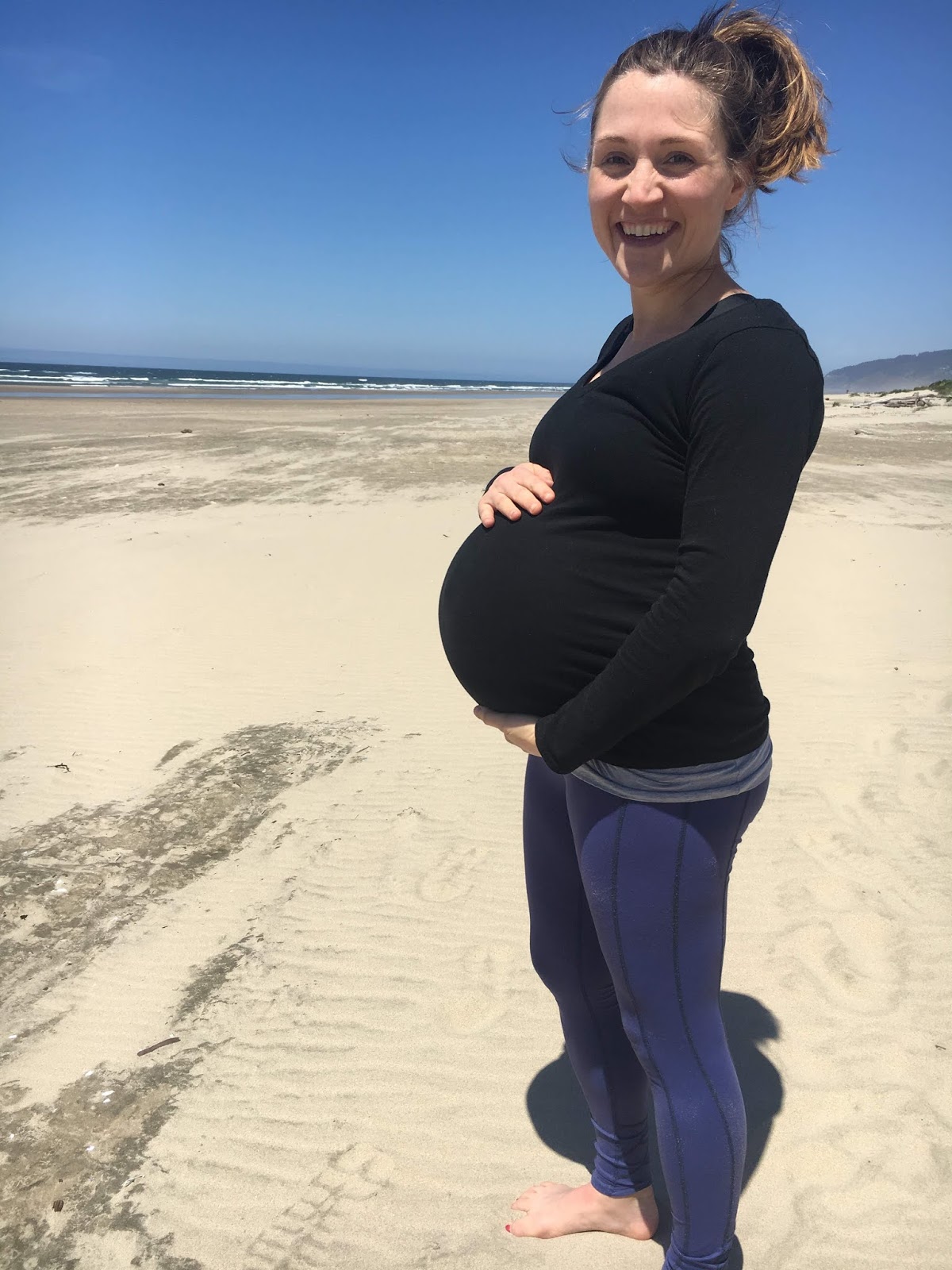


Time to spontaneous delivery was 2.5 days shorter in the intervention group (10 trials N = 1,580 mean difference = −2.5 95% confidence interval, −3.0 to −2.0), and there was a decreased need for formal labor induction (12 trials N = 1,493 risk ratio = 0.28 95% CI, 0.15 to 0.5). 1 Sweeping was primarily compared with no intervention, although several small trials compared it with prostaglandin or oxytocin (Pitocin) administration. Once-only membrane sweeping at 39 weeks gestational age is as effective as multiple membrane sweeping for the prevention of post-term pregnancy, with the. Research shows that inducing labor at this time reduces several risks, including having a stillbirth, having a large baby and developing high blood pressure as the pregnancy goes on.

A 2005 Cochrane review evaluated membrane sweeping for induction of labor in 22 RCTs with a total of 2,797 pregnant women at term. As a result of recent studies, women with low-risk pregnancies are being offered labor induction at 39 to 40 weeks. It involves inserting a finger into the cervical os and sweeping it circumferentially to separate the fetal membranes from the uterus. Membrane sweeping or stripping is routinely used in late pregnancy.


 0 kommentar(er)
0 kommentar(er)
